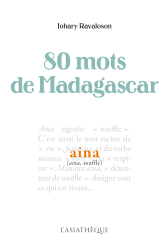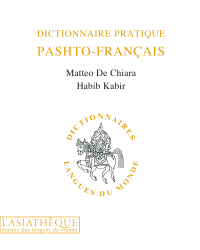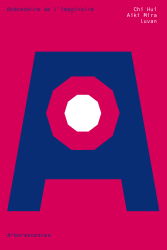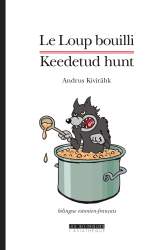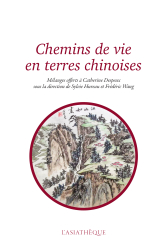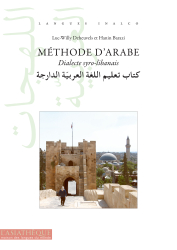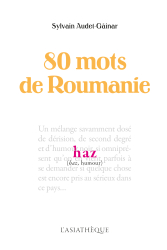Details
Format: Paperback
ISBN: 9782360570669
Collection: Hors Collection
16 x 24 cm
Weight: 295 gr
Pages: 160
First publication: 03/02/2016
Last printing: 02/2016
Ppallippalli
Initiation à l'étude de la langue coréenne
Ppallippalli - which means « quick! quick! » - is an introdoctury guide to the Korean language resulting from a reflection and from an experiment of several years with the students of Korean at INALCO. By offering a panorama of the Korean language through a progressive teaching, this book invites the French-speaking learner in an immersion at the same time linguistic and cultural, two inseparable dimensions of any foreign language learning .
Book conceived in collaboration with Kim In Young.
CONTRIBUTORS' BIOGRAPHIES
Patrick Maurus
Patrick Maurus is University Professor at INALCO. A specialist in Korea (North and South), he is also a specialist in Korean literature, and is the author of a large number of translations from Korean. He directs the “Korean Letters” collection at Actes Sud and the Tan’gun magazine at Harmattan.
Jeong Eun Jin
JEONG Eun Jin is a lecturer at the Institut national des langues et civilisations orientales (Inalco). In collaboration with Jacques BATILLIOT, she has translated numerous Korean literary texts into French. These include works by Hwang Sok-yong (Zulma, Serge Safran éditeur), Shin Kyung-sook (Philippe Picquier), Han Kang (Le Serpent à plumes) and Hwang Jungeun (Zoe).
TABLE OF CONTENTS
À lire avant de commencer, introduction de Patrick Maurus (To read before beginning, introduction by Patrick Maurus)
Transcription – Signification des symboles utilisés (Transcription – Meaning of the symbols used)
PREMIÈRE PARTIE (FIRST PART)
En préambule : alphabet coréen et sinogrammes (In preamble: Korean alphabet and sinograms)
1. Les grands traits de la langue et de l’écriture coréennes (1. The main features of the Korean language and writing)
2. Exemples historiques (2. Historical examples)
3. L’alphabet – Le coréen, langue vivante d’un peuple vivant (3. The alphabet – Korean, living language of a living people)
3.1. Transcription (romanisation) (3.1 Transcription (novelisation))
3.2. Langue du Nord ? Langue du Sud ? (3.2. Northern language? Southern language?)
3.3. Chinois ou pas chinois ? (3.3 Chinese or not Chinese?)
3.4. Alors le coréen, mais quel coréen ? (3.4 So Korean but which Korean)
4. Les 21 voyelles et diphtongues (4. The 21 vowels and diphthongs)
5. Règles générales d’écriture – Ordre des traits (1) (5. General writing rules – Line order (1))
6. Les 19 consonnes dans l’ordre courant des dictionnaires du Sud (6. The 19 consonants in the common order of Southern dictionaries)
6 bis. … et du Nord (6b. … and the North)
7. Récapitulation (7. Recap)
8. Ordre des traits (2) (8. Stroke order (2))
9. Apprendre à lire le han’gŭl avec le konglish (9. Learn to read Han'gŭl with Konglish)
10. Recherche dans le dictionnaire (10. Dictionary Search)
11. Politesse (11. Politeness)
DEUXIÈME PARTIE (SECOND PART)
La visite du musée (illustration de référence des dialogues) (The visit to the museum (reference illustration of the dialogues))
I. DIALOGUES (I. DIALOGUES)
II. DIALOGUES EXPLIQUÉS (II. DIALOGUES EXPLAINED)
Annexe I – Système d’adresse-politesse (Appendix I – Address-Politeness System)
Annexe II – Tableau de transcription McCune-Reischauer (Appendix II – McCune-Reischauer Transcription Table)
Annexe III – Tableaux de conjugaison (Annex III – Verb tables)
Annexe IV – Pronoms, adverbes et adjectifs interrogatifs ou indéfinis (Annex IV – Pronouns, adverbs and interrogative or indefinite adjectives)



